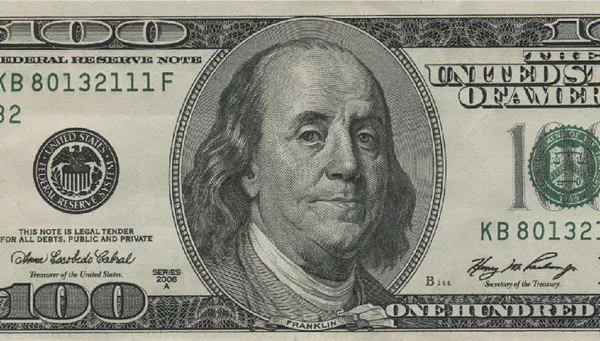In the dynamic world of forex trading, understanding the intricacies of currency pairs is essential for success. One such pair that commands attention is USD/CHF, where the US dollar (USD) and the Swiss franc (CHF) interact. In this comprehensive guide, we will delve into the depths of USD/CHF, exploring its history, factors influencing its exchange rate, trading strategies, and more. So, fasten your seatbelts as we embark on a journey to demystify the USD/CHF currency pair.
1. Understanding USD/CHF: The Basics
At its core, USD/CHF represents the exchange rate between the US dollar and the Swiss franc. In this pairing, the base currency is the USD, while the counter currency is the CHF. The exchange rate reflects how many Swiss francs one US dollar can buy. For instance, if the USD/CHF exchange rate is 0.9200, it means 1 USD can buy 0.9200 CHF.
Factors Influencing the Exchange Rate
Interest Rates:
Central banks’ interest rate decisions, particularly the Federal Reserve in the US and the Swiss National Bank in Switzerland, significantly impact the USD/CHF exchange rate. Higher interest rates in the US tend to attract foreign capital, boosting the USD.
Economic Data:
Key economic indicators, such as GDP growth, employment figures, and inflation rates, play a pivotal role in shaping investor sentiment and affecting the currency pair’s value.
Political Stability:
Geopolitical events, elections, and policy changes in both the US and Switzerland can lead to fluctuations in the USD/CHF exchange rate.
2. Historical Perspective: USD/CHF Trends
To gain insight into the USD/CHF dynamics, it’s crucial to examine its historical trends. Over the years, the pair has displayed intriguing patterns.
Post-2008 Financial Crisis:
Following the global financial crisis in 2008, investors flocked to the safe-haven Swiss franc, causing a significant appreciation against the US dollar. USD/CHF plummeted to historic lows, reaching parity at one point.
Currency Interventions:
The Swiss National Bank has a history of intervening in the currency markets to prevent the CHF from becoming too strong, as a strong franc can hurt Swiss exports. These interventions can lead to sudden and sharp moves in USD/CHF.
3. Trading Strategies for USD/CHF
Trading the USD/CHF currency pair can be both rewarding and challenging. Here are some popular strategies to consider:
Trend Trading:
This strategy involves identifying and following prevailing trends. Traders can use technical indicators like moving averages to spot potential entry and exit points.
Tip:
Keep an eye on global economic events and central bank decisions, as they can reverse trends swiftly.
Range Trading:
Range traders aim to profit from the pair’s sideways movement within a specific range. They buy near support levels and sell near resistance levels.
Tip:
Use oscillators like the Relative Strength Index (RSI) to identify overbought or oversold conditions.
News Trading:
Traders who prefer volatility can capitalize on news-driven price movements. Major economic announcements or geopolitical events can create sudden opportunities.
Tip:
Be cautious of slippage during high-impact news releases.
4. Risk Management in USD/CHF Trading
Trading any currency pair carries inherent risks. To safeguard your investments, consider these risk management practices:
Stop-Loss Orders:
Implement stop-loss orders to limit potential losses in case the market moves against your position.
Diversification:
Don’t put all your eggs in one basket. Diversifying your trading portfolio can spread risk.
Risk-Reward Ratio:
Calculate your risk-reward ratio before entering a trade. Ensure that potential rewards outweigh potential losses.
5. USD/CHF and Portfolio Diversification
Investors often look to diversify their portfolios to reduce risk. Including USD/CHF in a diversified portfolio can offer a hedge against currency risk, especially if your investments are denominated in US dollars.
Did You Know:
The Swiss franc is considered a safe-haven currency, and its stability can provide a buffer during turbulent market conditions.
6. Conclusion: Navigating the USD/CHF Landscape
In conclusion, understanding USD/CHF is crucial for forex traders and investors seeking exposure to these two major currencies. This currency pair’s dynamics are influenced by a multitude of factors, including economic data, interest rates, and geopolitical events. To succeed in trading USD/CHF, stay informed, employ sound strategies, and manage risks effectively. By mastering the intricacies of USD/CHF, you can navigate the forex landscape with confidence and make informed decisions to achieve your financial goals.
Related Topics:
The USD to GBP Exchange Rate: What You Need to Know
The Value of 500 USD in CAD: A Comprehensive Guide
How Much is $1 USD in Mexican Pesos?

























